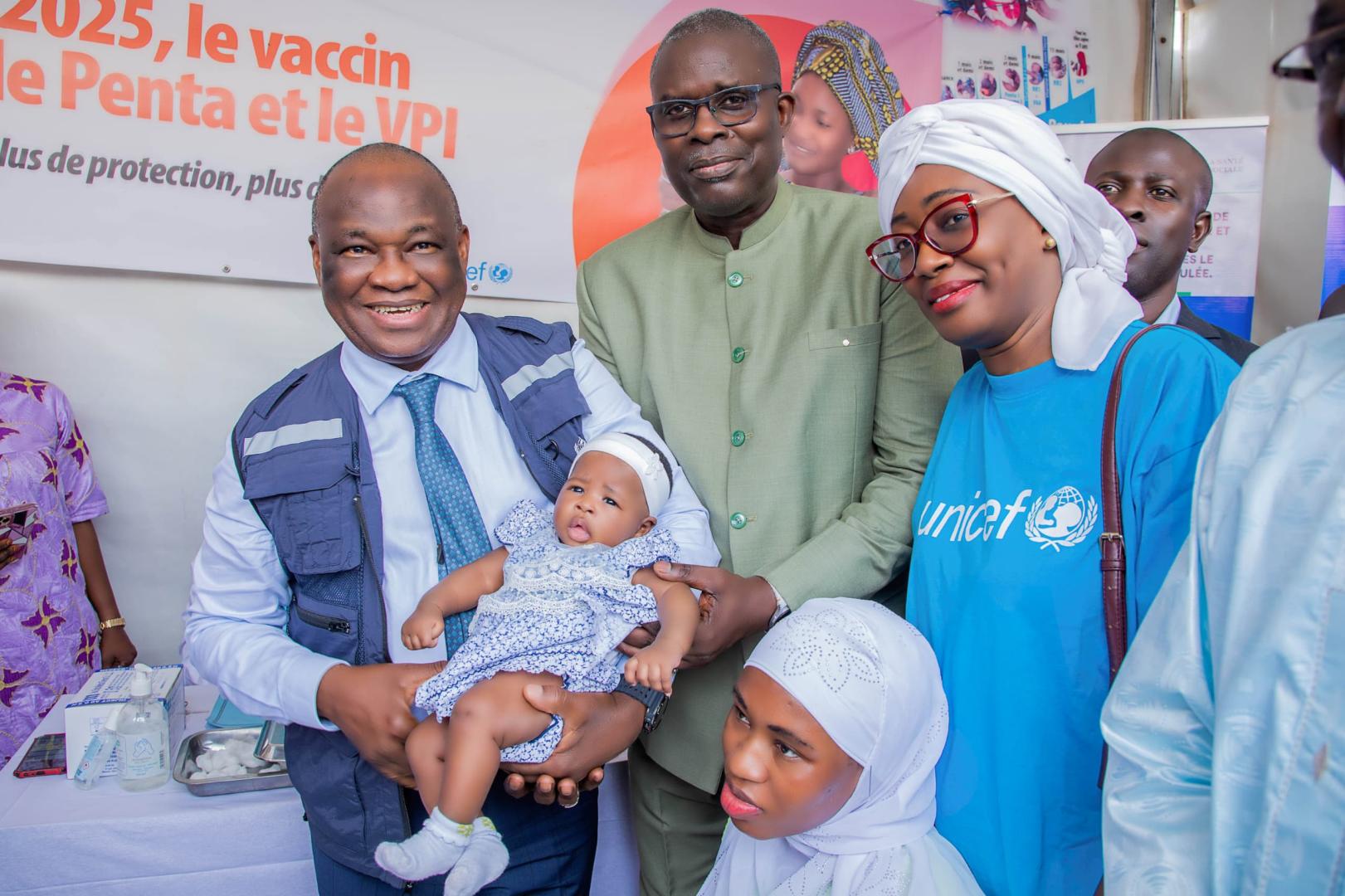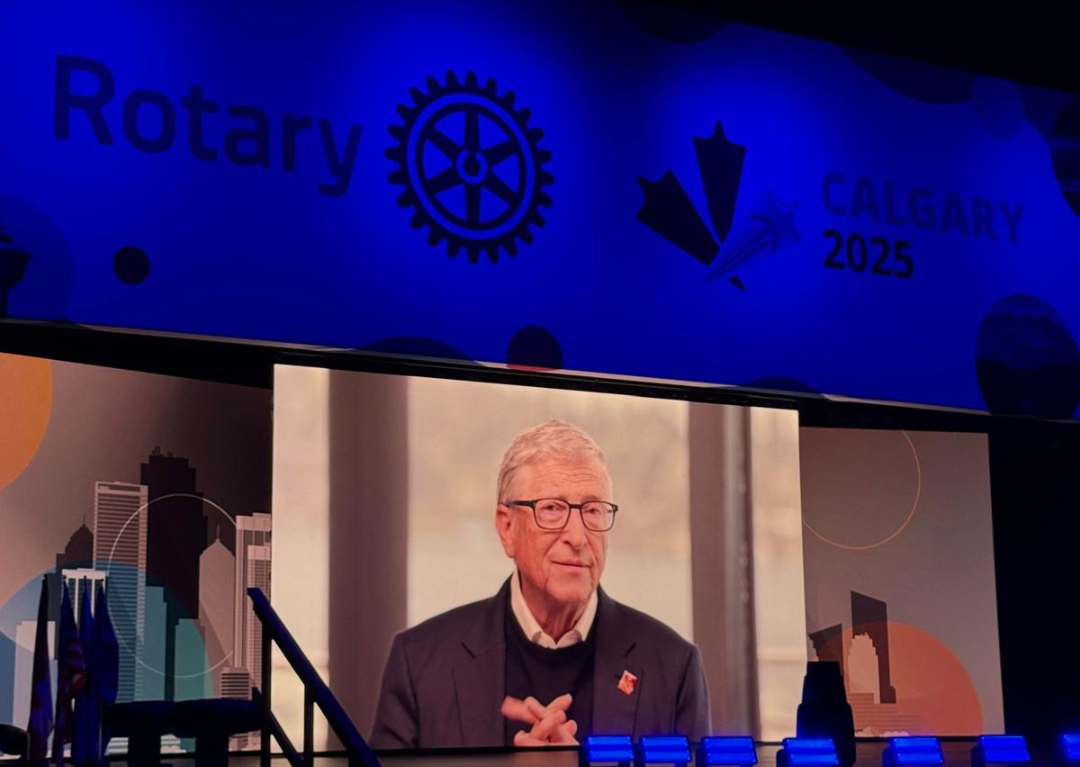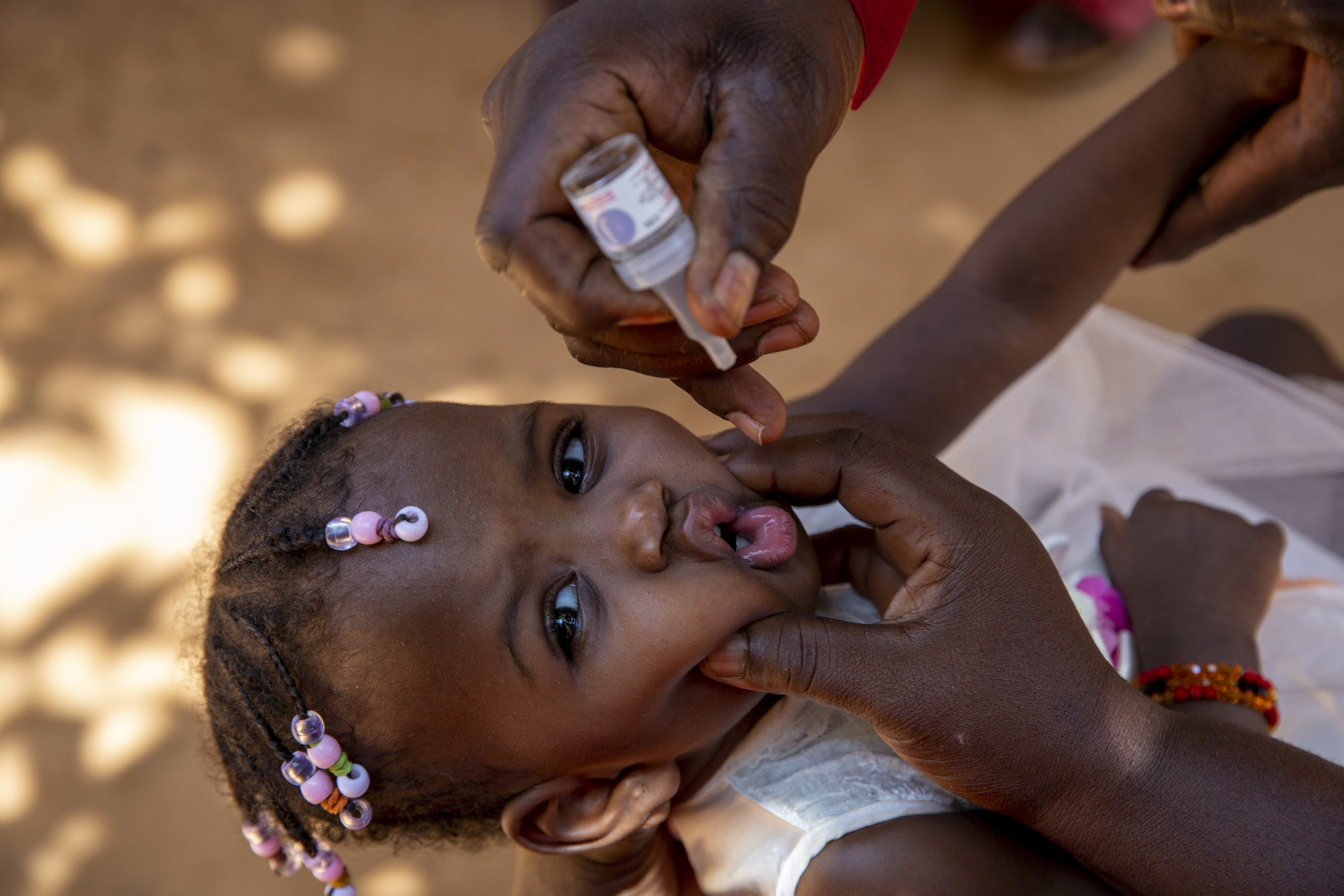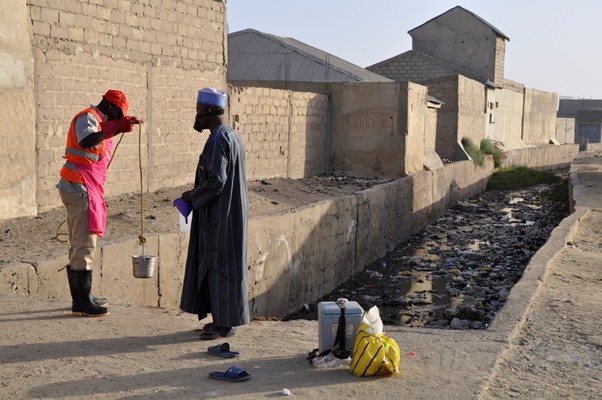
In a small health clinic in Tharaka Nithi in Kenya, Amina Ismail pours over a register documenting all of the doctors’ appointments from recent months, a nurse by her side. She is checking every record for symptoms of polio – the sudden onset, floppy arms and legs that signify acute flaccid paralysis (AFP). As they work, she checks that the nurse knows what the symptoms are, and that she knows what she has to do if a child with AFP is brought to the clinic. This detailed surveillance for polio, working hand in hand with those who know their communities best of all, has been the lynchpin of the work of the Global Polio Eradication Initiative (GPEI).
Surveillance officers like Amina work and volunteer around the world with one aim: the eradication of the poliovirus. Networks of health workers, traditional healers, religious leaders, teachers and parents have helped us identify paralysed children; and then by testing their stool samples in laboratories, we can find out if polio was the cause. This information has enabled us to hold vaccination campaigns to rapidly increase immunity in places where the virus is circulating, to protect children against paralysis and ultimately remove any hiding place for the virus so that it dies out. Once we have successfully done this everywhere in the world, polio will be eradicated.
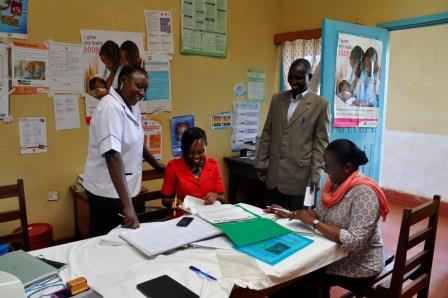
We have never been so close to our goal of a polio-free world. There are just two countries left where wild poliovirus is still circulating – Afghanistan and Pakistan. This means that the partners of the GPEI along with country governments, donors, civil society and parents are working harder than ever before to make sure we know exactly where polio is, so that we can respond quickly to stop every strain of the virus.
Surveillance is one of the most important jobs done to eradicate polio. And today, as fewer countries actually have cases to be found through acute flaccid paralysis surveillance, new and innovative approaches are being used to find viruses even before they cause symptoms.
It is five thirty in the morning in Kano in the north of Nigeria. As the sun comes up and people begin to wake and gather at market stalls, in traffic jams and by small fires on street corners, two men stand by an open sewage system. The men put on protective coats and gloves and carefully lower a small bucket down amongst to collect a small amount of the slow-moving water. They package it carefully, take off their gloves, carefully place it in a cool-box and the sample begins its journey to the polio laboratory.
By testing water in the environment for the poliovirus, alarm bells can be sounded ahead of time if children in any area could be at risk. Surveillance officers can be thought of as the doctors who test the world for polio. AFP surveillance helps us to find symptoms that have already surfaced, and environmental surveillance helps us identify even those infections that haven’t shown up yet. Both are essential, in countries across the world – not just where polio remains – to take us across the finishing line.
As Director of Polio Eradication for WHO, I depend on thousands of people, including committed Rotarians, to vaccinate children, research new ways to deliver these vaccines, to plan and advocate and mobilise essential resources. Tracing every last poliovirus through surveillance is a crucial part of these efforts, showing us the symptoms so that we can prevent disease in the first place. Keeping surveillance efforts going in all countries is a huge undertaking requiring skill, vigilance and continued funding if we are to achieve our goal. And what a monumental achievement that will be – all future generations, free from the threat of polio.
Read the original blog post here
